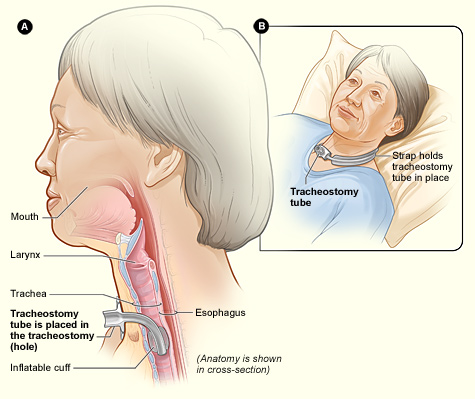
You Need To Know These 5 Home Care Statistics
These five home care statistics give you more insight into this realm of healthcare services.
1. Medicare is the largest single-payer of home healthcare services.
“The Centers for Medicare & Medicaid Services (CMS) is the single largest payer for health care in the United States. Nearly 90 million Americans rely on health care benefits through Medicare, Medicaid, and the State Children’s Health Insurance Program (SCHIP). These three programs are administered by CMS, an agency of the U.S. Department of Health and Human Services (HHS).
As the steward of health care services for these individuals, many of whom are the nation’s most vulnerable residents, CMS must ensure that these individuals have access to high-quality care. This role becomes even more critical as the projected rate of growth in health care costs climbs at an unsustainable rate.”1
Therefore, Medicare or the CMS plays a pivotal role in this area of health care, and many are reliant on their cooperation. Moreover, their role is paramount.

Copyright: Halfpoint
2. About 70% of those using home healthcare services are aged 65 and older.
In this age group, the most common medical conditions requiring home care are heart disease, diabetes, and cerebral vascular diseases.2 While a large share of those using home services for their healthcare are seniors, it’s important to note that all ages may need home care.
3. As of 2019, 87% of home care workers were female.
In 2019, a statistic showed the distribution of United States home care workers by gender. In that year, about 87 percent of all home care workers were female, while only 13 percent were male.3 This does not come as a surprise, as this closely followers the general nurse demographic, where “86.0% of all nurses are women, while 14.0% are men”.4
Thus, the ratio of female to male home care workers closely follows that of the general nursing population. Our female nurses are highly appreciated, just as much as our male nurses. There is no denying that female nurses bring the girl power to nursing!

Copyright: Ground Picture
4. COVID-19 accelerated the demand for home care.
The COVID-19 pandemic undoubtedly changed many things globally. At the same time that school campuses moved from in-person classes to virtual, at-home classes, home care also experienced an increased demand.
Families began to see healthcare differently with the pandemic. Caring for our vulnerable became an extra precaution. Additionally, “not only did the patients themselves feel safer in their own homes, but [home care] also provided greater peace of mind for their loved ones. In most cases, this turned out to be a more cost-effective solution, too.”5
5. Technology for home care is always evolving.
Technology is always evolving, and so do home care services. It will be interesting to see what technologies may roll out in the next few years that further supplement aid for nurses and families alike.
We are in a lucky time in history, at the forefront of modern technologies!
Citations
2Statista: Home Care in the US Statistics and Facts
4https://www.zippia.com/nurse-jobs/demographics/
5https://smartcaresoftware.com/home-care-trends-are-you-ready-for-home-cares-growth-opportunity/
Looking to contact us? Click here
Connect with us on instagram
Chelsea’s Home Health Care of Southern California provides services in a dignified, humane, and cost effective manner and according to plan of care directed by the patient’s physician. CHHC shall not discriminate according to group, gender, age, sexual preference, or diagnosis. Additionally, this post is solely a general post and does not involve any specific families, employees, etc. Blog posts =/ medical advice. Any photos are from sources available to the general public or original pictures and any people are actors rather than real patients.


